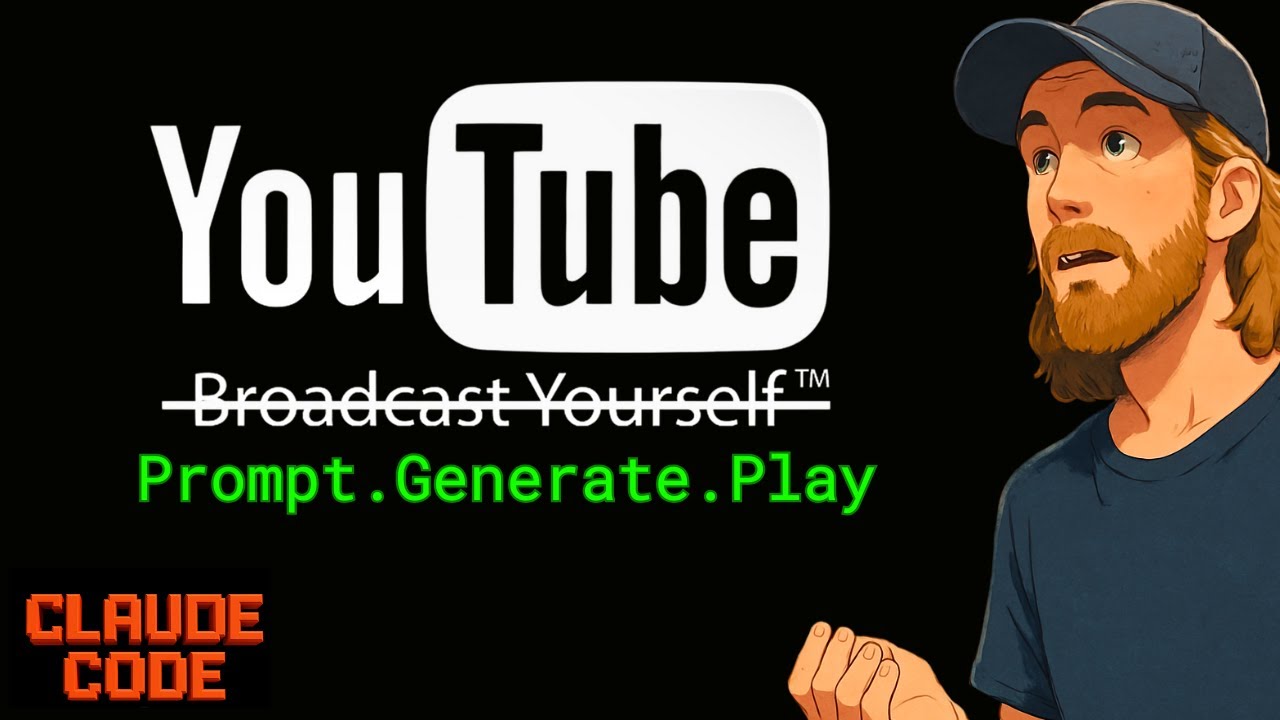The video demonstrates how to build an autonomous AI video agent in 15 minutes that identifies popular YouTube Shorts, extracts scenes using AI models, and recreates them with AI-generated images and videos. It highlights the use of APIs like YouTube Data API, Gemini, and Foul AI, showcasing a workflow that automates viral short-form video creation while encouraging further exploration and learning through recommended tools and courses.
In this video, the creator demonstrates how to build an autonomous AI video agent in about 15 minutes using various AI models and APIs. The project aims to find the most viewed YouTube Shorts from the past seven days, extract scenes from these videos, and then recreate them using AI-generated images and video clips. The process begins with gathering context and documentation from APIs such as YouTube Data API, Gemini for video understanding, and Foul AI for image and video generation. The creator emphasizes the importance of good context engineering to ensure smooth code generation and execution.
The workflow starts by using the YouTube API to identify the top 10 most viewed Shorts within the last week. These URLs are then fed into the Gemini model, which extracts scene descriptions and generates AI image prompts for each scene. The creator uses Google’s Imagen 4 and the Cling 2.1 model for image and video generation, respectively. After setting up the necessary API keys and environment variables, the project is coded and run in Cloud Code, a platform that helps automate and manage the coding process efficiently.
Once the initial scene extraction and prompt generation are successful, the next step involves compressing the scenes to a manageable number—five scenes for this demonstration—to keep the video concise. The creator then generates images for each selected scene using the AI image generation model. After verifying the images, the final step is to generate video clips for each scene by combining the AI-generated images with video prompts. The creator also experiments with styling the video output, choosing an anime style to differentiate the recreated video from the original.
The video concludes with a comparison between the original YouTube Short and the AI-generated recreation. While the recreated video is not perfect, it successfully captures the essence of the original scenes, demonstrating the potential of this autonomous AI video agent. The creator notes that further iterations and improvements are necessary to enhance the quality and coherence of the generated content. Nonetheless, the project showcases a promising approach to automating the creation of viral short-form video content using AI.
Finally, the creator encourages viewers to explore similar projects and tools, recommending Cloud Code and Gemini CLI as accessible starting points for building AI-driven video pipelines. They also promote their AI video course, which offers deeper insights and strategies for creating viral AI-generated videos. The video serves as both a tutorial and an inspiration for developers and content creators interested in leveraging AI to automate video production workflows.
